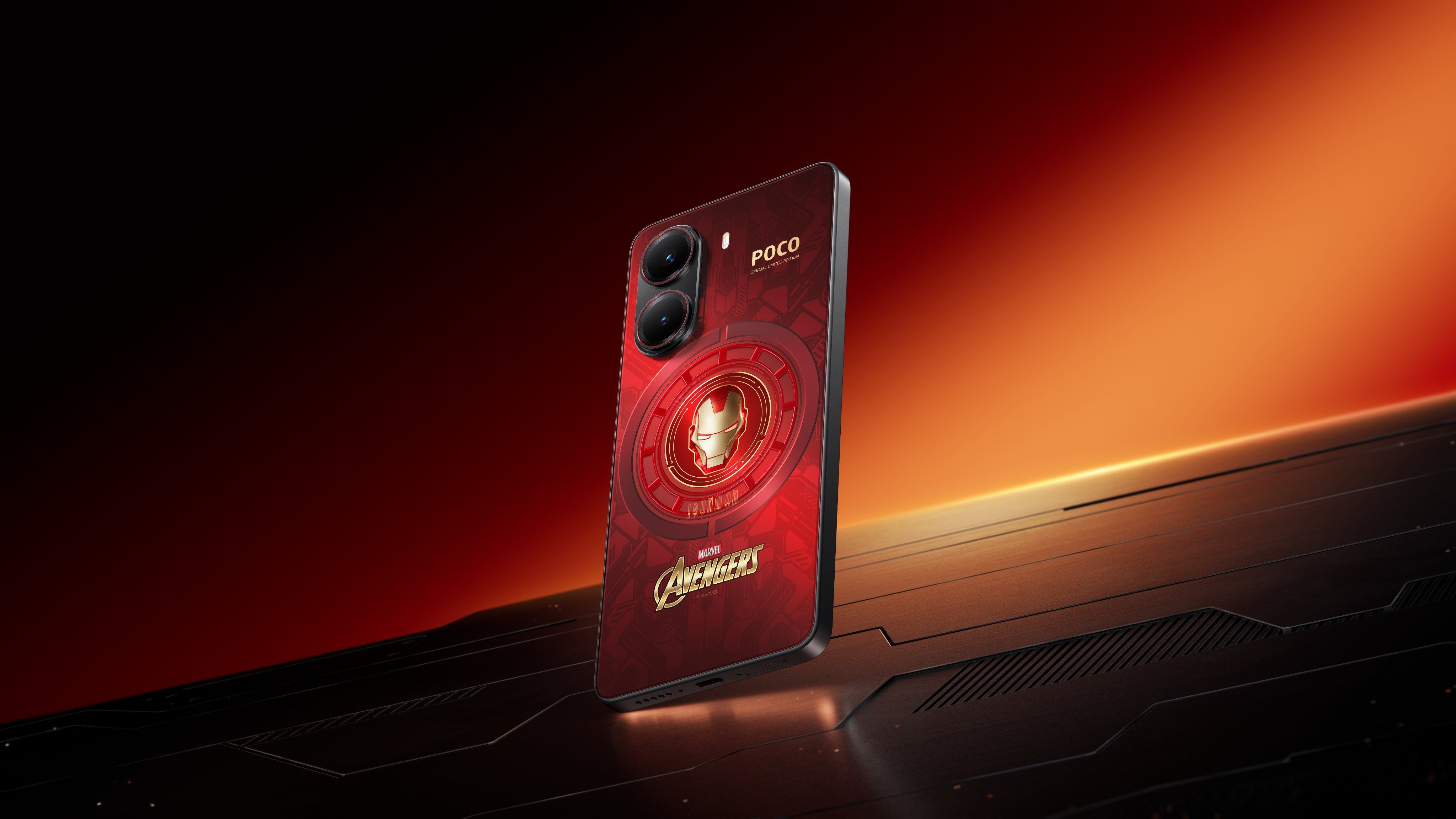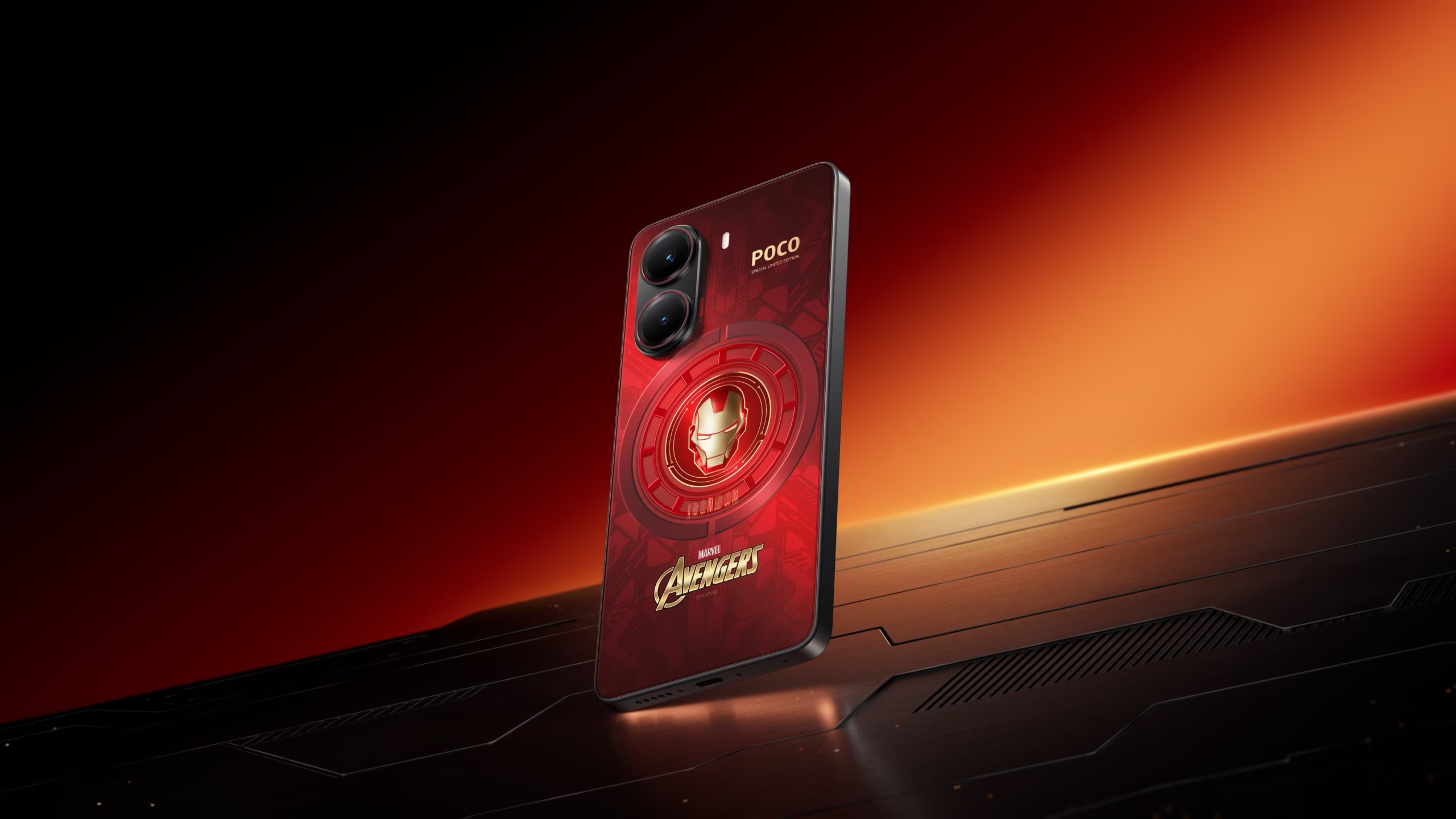Iron Man, one of Marvel’s most iconic superheroes, has long represented the perfect blend of human intelligence and cutting-edge technology. Tony Star
Iron Man, one of Marvel’s most iconic superheroes, has long represented the perfect blend of human intelligence and cutting-edge technology. Tony Stark’s armored suit is more than a weapon—it’s a symbol of innovation, connectivity, and limitless human potential.
In today’s world, smartphones are performing a similar role for billions of people. The Phone Iron Man isn’t a person in a metal suit—it’s every one of us, empowered by the extraordinary technology in our pockets. With a smartphone, we navigate the world, connect across continents, and even manage our health—all feats that would seem superhuman just a generation ago.
The Iron Man Analogy: Technology as an Extension of Humanity
Tony Stark’s greatest power isn’t his armor—it’s his mind. His suit is simply an extension of his creativity and willpower. Similarly, smartphones have become an extension of human ability.
Just as Stark uses his AI assistant J.A.R.V.I.S. to gather data and control systems, we use Siri, Google Assistant, and Alexa to simplify our daily lives. The smartphone acts as our own digital exoskeleton—enhancing communication, amplifying productivity, and giving us access to nearly all human knowledge in seconds.
This fusion of man and machine is what makes the “Phone Iron Man” concept so compelling. We’re living in an era where the boundary between human intelligence and artificial intelligence is becoming increasingly blurred.
Smartphones: The Modern-Day Suit of Armor
Iron Man’s armor gives him protection, mobility, and intelligence. Similarly, the smartphone has evolved into a personal shield that protects and empowers users in countless ways:
-
Information Armor:
With instant access to news, maps, and tutorials, smartphones protect us from ignorance and confusion. We can solve problems on the spot, whether it’s fixing a car, cooking a new recipe, or diagnosing a technical error. -
Communication Shield:
Like Stark communicating through his helmet, smartphones keep us connected—through calls, video chats, and social platforms. They allow seamless coordination with friends, colleagues, and communities across the globe. -
Productivity Booster:
From managing finances to controlling smart homes, our phones enable us to handle multiple complex tasks effortlessly, much like Iron Man’s onboard systems. -
Health Guardian:
Fitness trackers, heart-rate monitors, and AI health apps help us monitor our physical and mental well-being—making smartphones vital tools for modern health management.
In short, our devices have become more than tools—they’re our digital armor in a fast-paced, interconnected world.

The AI Connection: Our Real-Life J.A.R.V.I.S.
One of the defining features of Iron Man’s suit is J.A.R.V.I.S., the intelligent assistant who learns, responds, and adapts. Today, artificial intelligence (AI) in smartphones plays a strikingly similar role.
-
Personalization: AI studies our habits and preferences, tailoring suggestions for news, music, or shopping.
-
Voice Commands: Virtual assistants now handle scheduling, reminders, and even emotional tone recognition.
-
Predictive Power: AI can anticipate our needs—like suggesting routes before we ask or reminding us of appointments we forgot to set.
-
Camera Intelligence: AI-powered cameras recognize faces, optimize lighting, and even remove unwanted objects from photos.
These functions transform the smartphone from a passive device into an active, intelligent companion—just as J.A.R.V.I.S. evolved into Vision, AI in phones is becoming more autonomous and capable with every update.
The Iron Man Effect: Empowerment Through Technology
Technology, at its best, empowers. The “Phone Iron Man” phenomenon has redefined what individuals can accomplish. Entrepreneurs run global businesses from their phones. Students access online universities. Doctors diagnose patients remotely. Travelers translate languages in real-time.
Just as Iron Man can operate globally from any location, the modern individual can create, influence, and collaborate without boundaries. Smartphones give everyone—from creators to activists—the tools once reserved for tech giants or governments.
This democratization of power mirrors Tony Stark’s journey from genius inventor to a symbol of empowerment. Every smartphone user has the potential to be a hero in their own right, using technology to build, protect, and inspire.
Augmented Reality and Virtual Power
Iron Man’s suit displays real-time data through augmented visuals. We now have similar technologies in our smartphones through Augmented Reality (AR) and Virtual Reality (VR).
-
AR in Daily Life: From gaming apps like Pokémon Go to virtual furniture placement in IKEA Place, AR merges digital data with physical reality.
-
Navigation: Google Maps’ Live View overlays directions onto real-world environments, guiding users like Iron Man’s helmet HUD.
-
Education and Training: AR helps medical students perform simulated surgeries or engineers visualize structures before construction.
These innovations bring us closer to living inside our own digital suits—powered not by metal but by algorithms and pixels.
The Dark Side of the Suit: Dependency and Overload
Every superhero faces weaknesses, and for the Phone Iron Man the biggest threat is overreliance on technology. Constant notifications, social media pressures, and screen addiction can lead to stress and anxiety.
Tony Stark, despite his brilliance, often battled inner demons caused by his dependence on his suits. Likewise, humans risk losing balance when technology becomes a crutch rather than a tool.
The challenge is to use our digital armor wisely—enhancing our humanity without being consumed by it.
Smart Tips for Maintaining Balance:
-
Use “focus” or “do not disturb” modes to reduce digital noise.
-
Take regular breaks from screens.
-
Practice mindfulness and prioritize offline relationships.
-
Treat technology as a tool for empowerment, not escape.
Future Tech: Building the Next Generation of Iron Phones
The next evolution of smartphones will push the boundaries even further. Innovations already underway include:
-
Foldable and Transparent Screens: Allowing devices to transform shapes like modular Iron Man suits.
-
AI Co-Pilots: More intuitive assistants that understand emotions and context.
-
Brain-Computer Interfaces (BCI): Early experiments by companies like Neuralink may soon allow users to control devices directly with thoughts.
-
Holographic Displays: Bringing 3D visuals and virtual meetings to life, much like Stark’s holographic labs.
These advancements suggest a near future where smartphones truly blur the line between man and machine—realizing the full vision of a world filled with “Phone Iron Men.”
Becoming the Hero of the Digital Age
Tony Stark once said, “It’s not about the suit, it’s about the man inside.” The same is true for us today. Our phones, as advanced as they are, are only as powerful as the minds that wield them.
The “Phone Iron Man” symbolizes a new era of empowerment, where technology amplifies our creativity, communication, and courage. We have the ability to save lives, share knowledge, and change the world—without ever leaving our palms.
So, while we may not soar through the sky in an iron suit, our smartphones give us something equally incredible: the power to shape our own future, one tap at a time.


COMMENTS